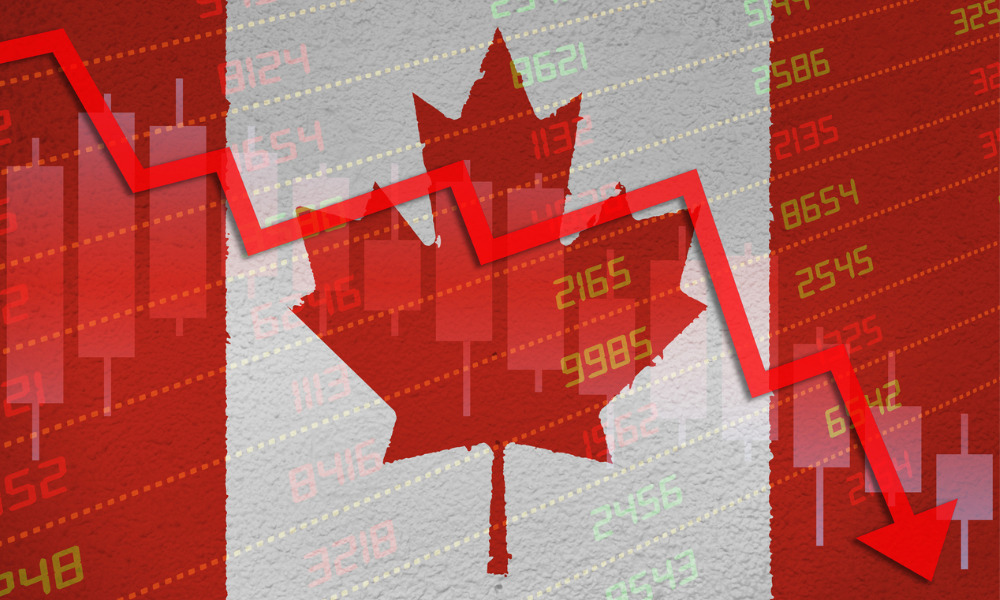Canadian GDP slowed down at an annualized pace of 0.2% in Q2 2023

The Bank of Canada’s rate-hike campaign appears to be working through the country’s financial system effectively if the second-quarter deceleration observed recently is any indication, according to market observers.
Q2 2023 saw Canada’s gross domestic product tick down at an annualized pace of 0.2%, new data from Statistics Canada showed. This was markedly weaker than experts’ earlier consensus, especially since spending and residential investment significantly cooled down.
Stéfane Marion, chief economist at the National Bank of Canada, told BNN Bloomberg that this could mean that the central bank might finally step on the brakes when it comes to its policy rate.
“I do believe they are done with their hiking,” Marion said. “What we’re seeing this quarter is consumers are reducing their pace of consumption and they’re growing their savings rate in anticipation that in coming quarters, they will need to have to be prepared for a payment shock.”
In particular, the decline in corporate profits could pave the way for labour market weakness in the very near future, which in turn would further rein in GDP growth.
“Without corporate profits, you don't have job creation, so with four consecutive declines it does suggest weaker labour markets in the months ahead,” Marion said. “Profits are a key driver of job creation, not the other way around.”
The Conference Board of Canada's research highlights that while Canadian provinces face common growth pressures, localized factors will influence their GDP growth.
— Canadian Mortgage Professional Magazine (@CMPmagazine) August 29, 2023
Read more: https://t.co/ODX7X4dbvh#mortgageindustry #economy #gdp #interestrates
Weaker residential investment pulled down Q2 GDP
Dawn Desjardins, chief economist at Deloitte Canada, said that the economy’s slowdown “does give the Bank of Canada room to just step back.”
“We are seeing the Bank of Canada getting some traction here with those rate hikes,” Desjardins told BNN Bloomberg, adding that lower residential investment volumes could convince the central bank to keep its policy rate frozen at 5%.
“Most of us were anticipating that we’d see positive on the housing situation, but that was weaker,” she said.



